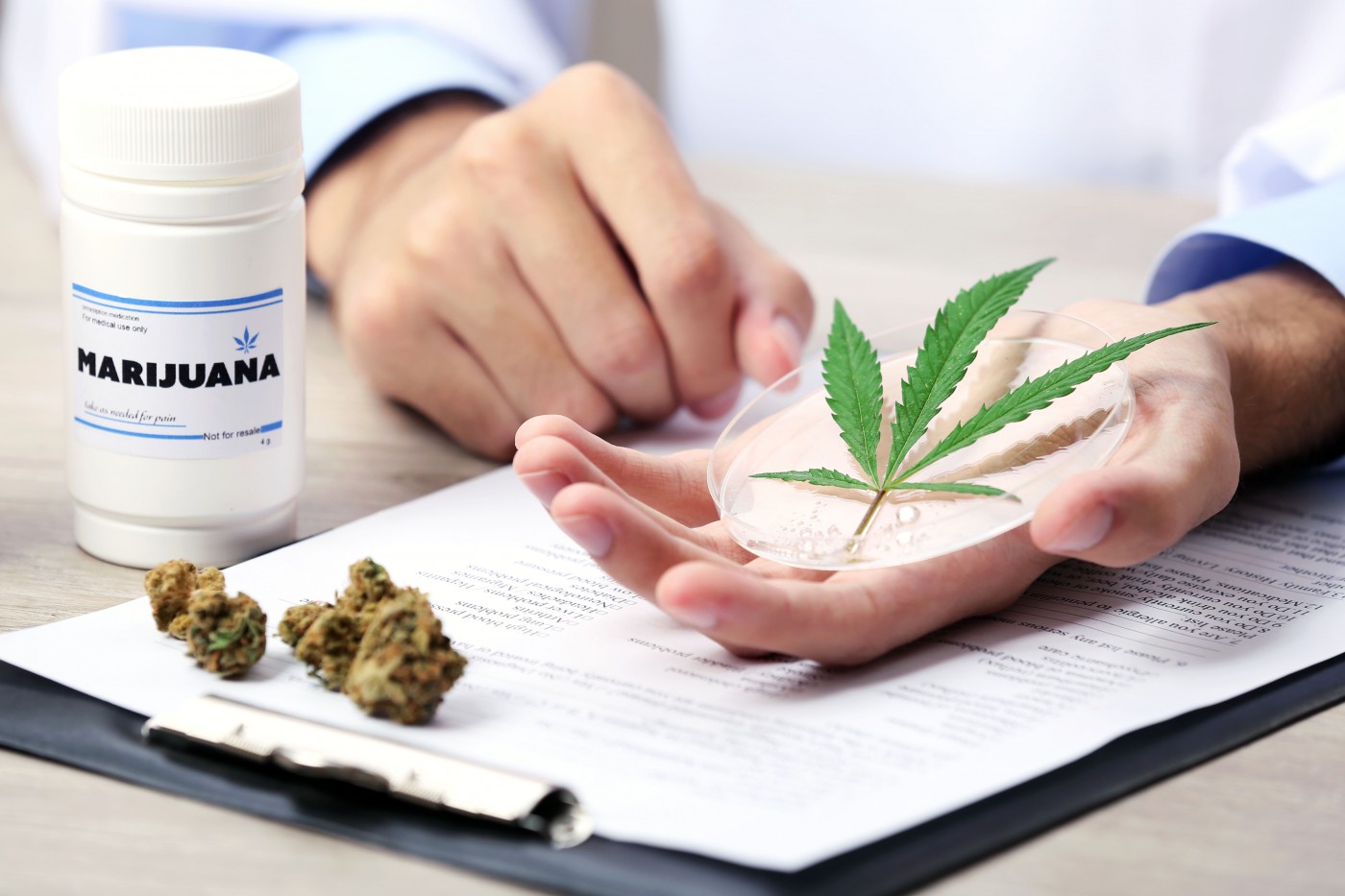Marijuana – or cannabis, as it’s known in scientific circles – has been used both recreationally and medicinally throughout history. From the colonial era to the first decade of the 20th century, doctors prescribed cannabis to help treat various ailments.
Medicinal marijuanas Melbourne was outlawed in many countries across the world, and its use as medicine was discouraged by doctors who had received little-to-no training about cannabis in medical school. More recently, however, the tide has begun to turn.
How does cannabis work?
The marijuana plant contains more than 100 different compounds called cannabinoids. The two major ones are tetrahydrocannabinol (THC) and cannabidiol (CBD). THC is responsible for most of marijuana’s psychological effects.

Cannabidiol is not psychoactive and has been shown to reduce pain and inflammation. In states where it’s legal, CBD oil can be used in many ways like a tincture or added to food or drinks. CBD oil extracted from hemp tends to have less THC and higher levels of CBD than medical cannabis. Medical cannabis health may help with symptoms like nausea, lack of appetite, chronic pain and muscle spasms associated with multiple sclerosis (MS), among others.
What are the different forms of marijuana?
Marijuana comes in many different forms. The three main forms of marijuana that are seen today, and most commonly used, are dried flower cannabis (also called bud), concentrates, and edibles.
Dried flower cannabis is what it sounds like – marijuana that has been dried so that it can be smoked or ingested. Concentrates, also referred to as extracts or oils, involve extracting parts of weed from which THC has been isolated. Marijuana edibles are foods that contain cannabis and are consumed.
Edibles have become more popular over time because they’re less harsh on your lungs than smoking and provide a longer-lasting effect. What are some common strains?: There are hundreds of strains of marijuana, each with its own unique set of effects. Sativa strains tend to provide more energy and creativity while in dicas tend to make users feel relaxed or sleepy.
How do I get my hands on some marijuana for medical purposes?
Marijuana is still illegal at a federal level, but states with legalized medical marijuana are allowing patients access. If your condition qualifies and you meet certain requirements set by your doctor, it’s possible that a licensed dispensary will be able to provide you with some marijuana. Of course, depending on where you live, there may be other sources of supply—such as friends or family who grow their own medicine.

But if you want a safe, regulated option, look into what your state has to offer. (If you can’t find any information about how to get legal weed in your area, check out our guide.) Can I grow my own?: Many people have tried growing their own cannabis plants for personal use; however, it’s important to note that home cultivation isn’t always legal in every state.
Conclusion
Medicinal marijuanas Melbourne became classified as a Schedule I drug with high potential for abuse and no accepted about medicinal cannabis use. Yet a growing body of evidence suggests that marijuana can be effective for alleviating symptoms associated with certain conditions, including arthritis and multiple sclerosis.
Marijuana may even have anticancer properties . The question is whether these potentially beneficial qualities outweigh any risks that may be posed by smoking marijuana.







